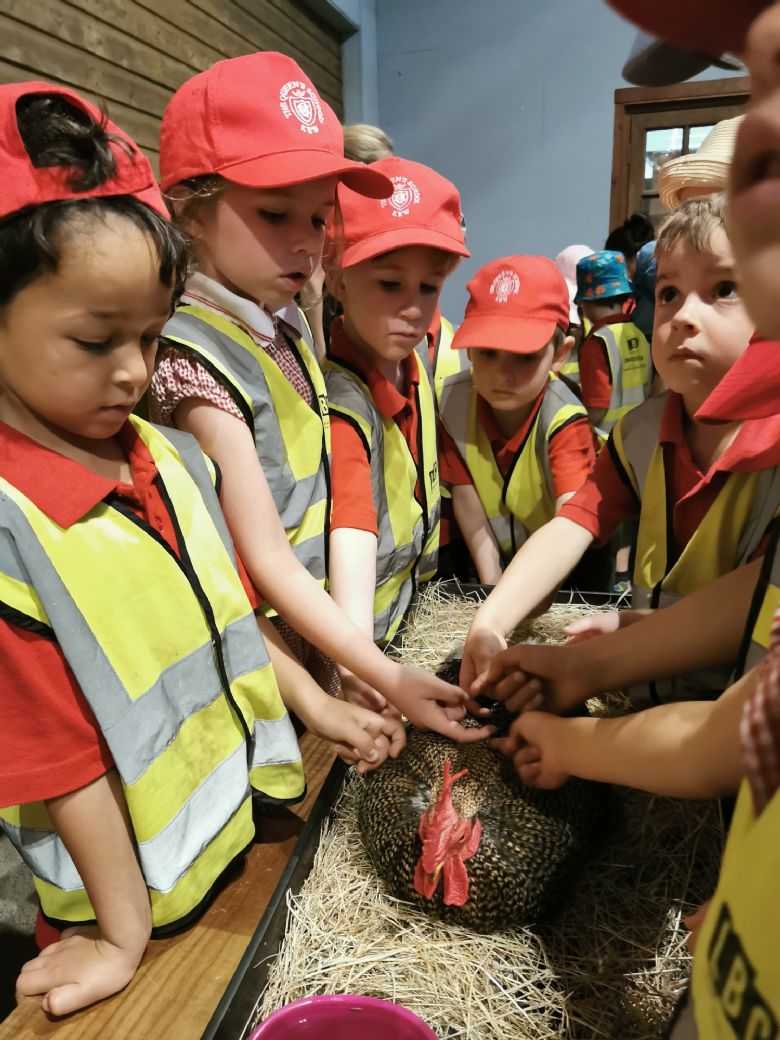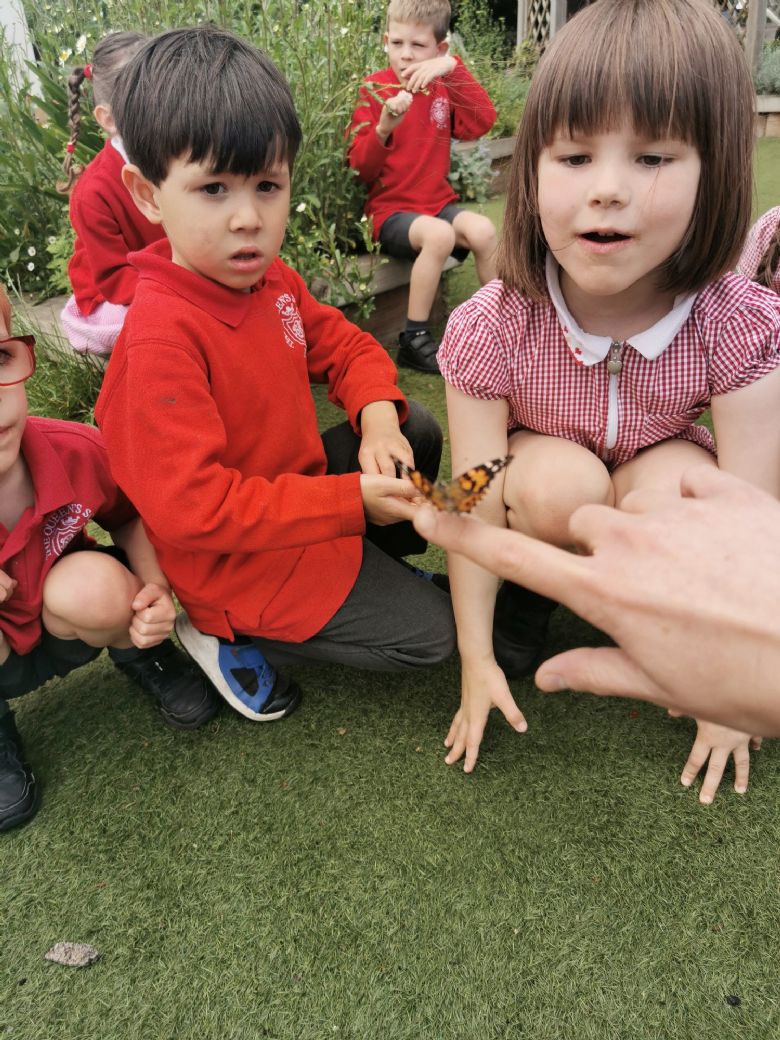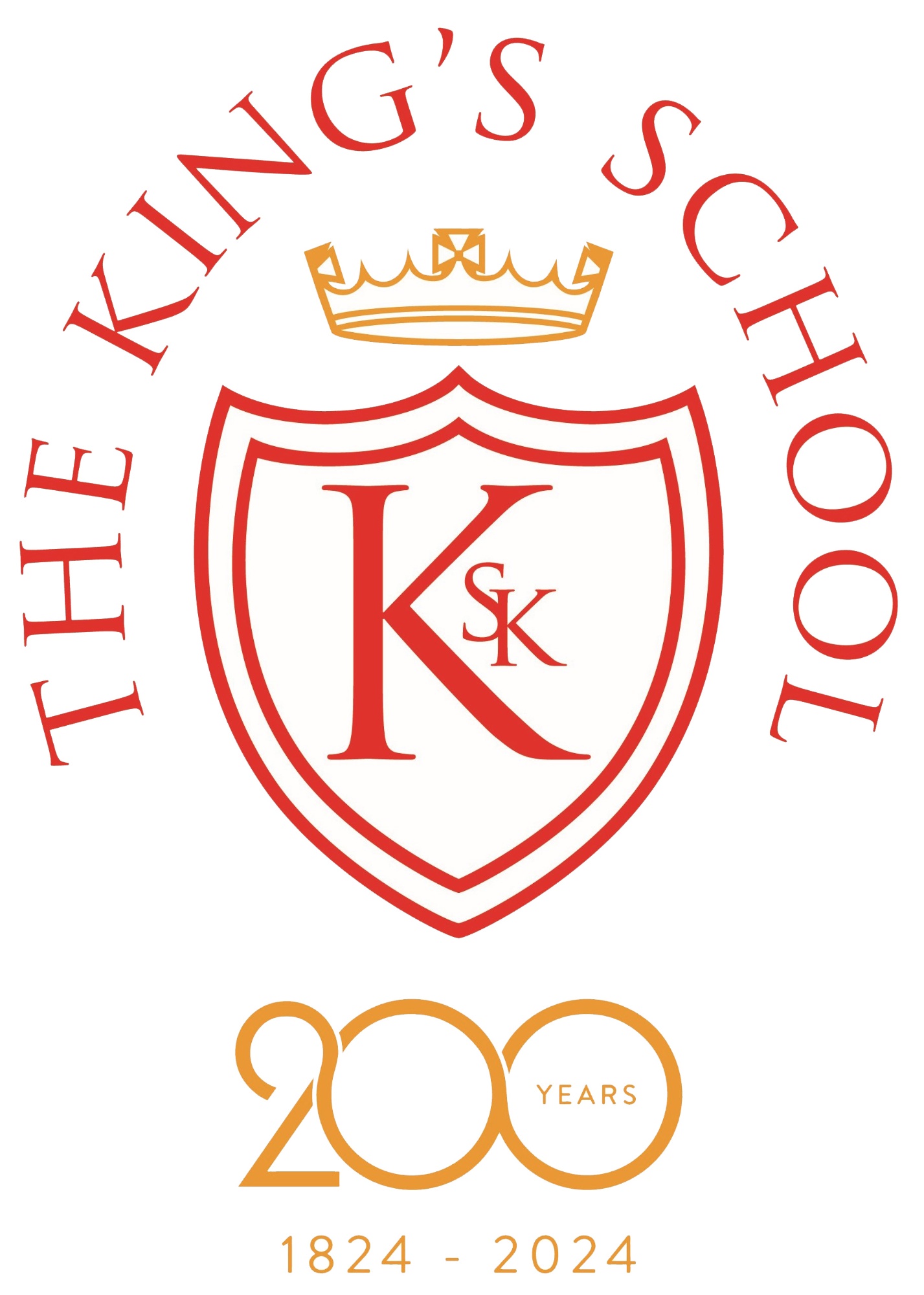Understanding the World
In Reception, children are offered various opportunities to explore the world around within the curriculum and supported by the fantastic outdoor environment we have for the children to investigate independently in. As part of our continuous provision, children in Reception are encouraged to be curious and inquisitive about the natural world, as well as demonstrate our values of love, compassion and respect by becoming stewards of the Earth.
Through topics and books, we learn about and compare people, places and events from the past to the present. To ensure an understanding of past and present is established in the Early Years, we focus on ourselves and our families and talk about changes throughout our own lives as well as looking at more contrasting examples of past and present by exploring dinosaurs and transport. A large part of our curriculum comes from the children's interests and thus content changes from year to year, however important figures, such as Mae Jemison when learning about Space, and events, including Guy Fawkes Night, are staples within our school year.
To embed an understanding and to celebrate different people, cultures and communities around the world We start first with our cohort and using 'Language of the Month' and our cultural calendar, ensure children and their families can share their own traditions, special occasions, language and other aspects of their culture with the class to provide a broader view of the world. This allows us to look at the location of countries that speak the language we have chosen for the term as well as compare the environment, climate, food and other aspects of daily life to how we live ourselves. We often use traditional tales and poetry and compare these to folk tales and rhymes from other countries, looking at the language, content and how often the
We start first with our cohort and using 'Language of the Month' and our cultural calendar, ensure children and their families can share their own traditions, special occasions, language and other aspects of their culture with the class to provide a broader view of the world. This allows us to look at the location of countries that speak the language we have chosen for the term as well as compare the environment, climate, food and other aspects of daily life to how we live ourselves. We often use traditional tales and poetry and compare these to folk tales and rhymes from other countries, looking at the language, content and how often the  message or lessons and structure are similar.
message or lessons and structure are similar.
In addition to the wide variety of mini beasts and naturally-found plants in our outdoor area, we also explore planting indoors and look at different types of seeds and bulbs as well as supplementing our understanding of living creatures by learning about lifecycles with real caterpillars and living eggs as well as visiting a farm at the end of the year. We explore scientific concepts such as freezing, melting, floating, sinking and more through play and experiments where we develop key skills such as observation, prediction and testing.
This area of the curriculum comprises three different areas consisting of their respective Early Learning Goals;
Past and Present
- Talk about the lives of the people around them and their roles in society;
- Know some similarities and differences between things in the past and now, drawing on their experiences and what has been read in class;
- Understand the past through settings, characters and events encountered in books read in class and storytelling.
People, Culture and Communities
- Describe their immediate environment using knowledge from observation, discussion, stories, non-fiction texts and maps;
- Know some similarities and differences between different religious and cultural communities in this country, drawing on their experiences and what has been read in class;
- Explain some similarities and differences between life in this country and life in other countries, drawing on knowledge from stories, non-fiction texts and – when appropriate – maps.
The Natural World
- Explore the natural world around them, making observations and drawing pictures of animals and plants;
- Know some similarities and differences between the natural world around them and contrasting environments, drawing on their experiences and what has been read in class;
- Understand some important processes and changes in the natural world around them, including the seasons and changing states of matter.
